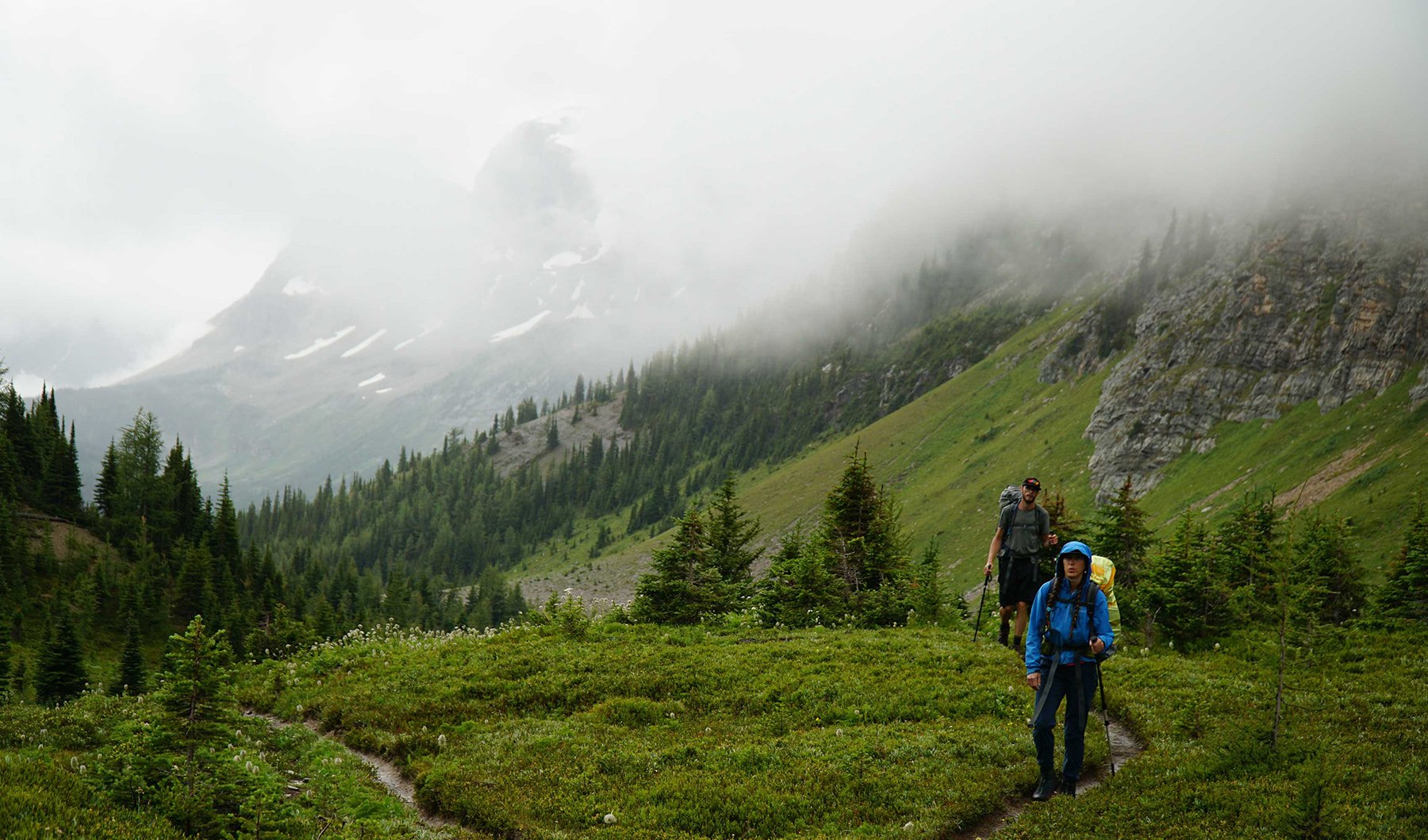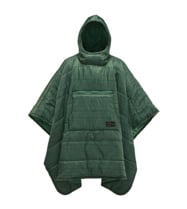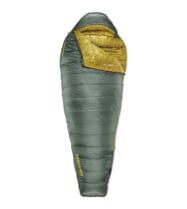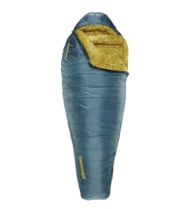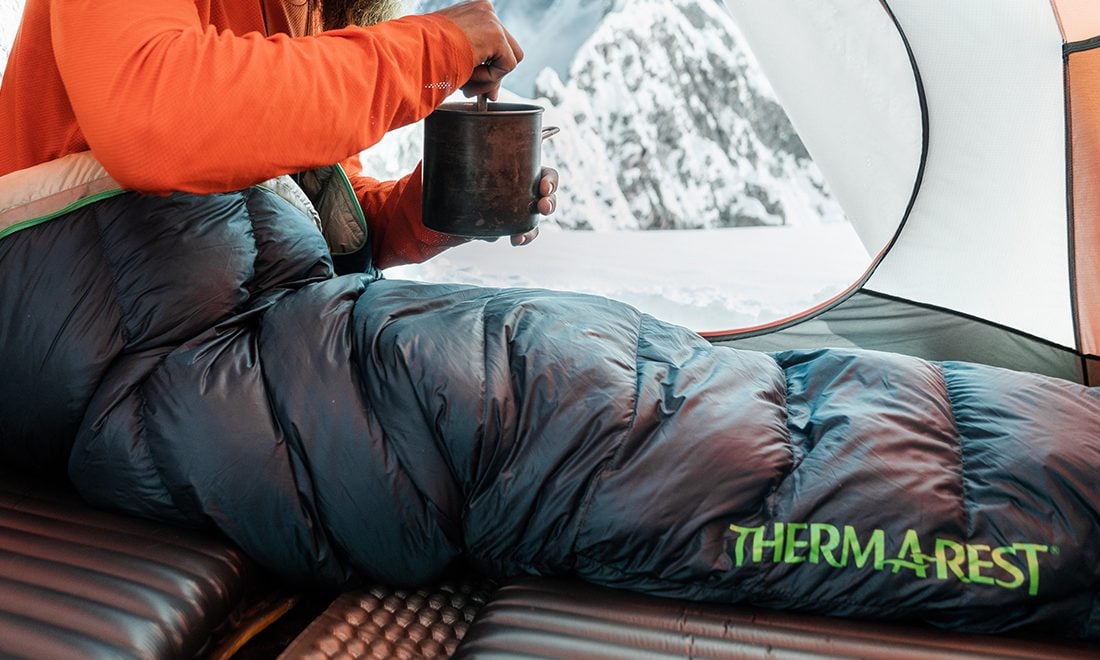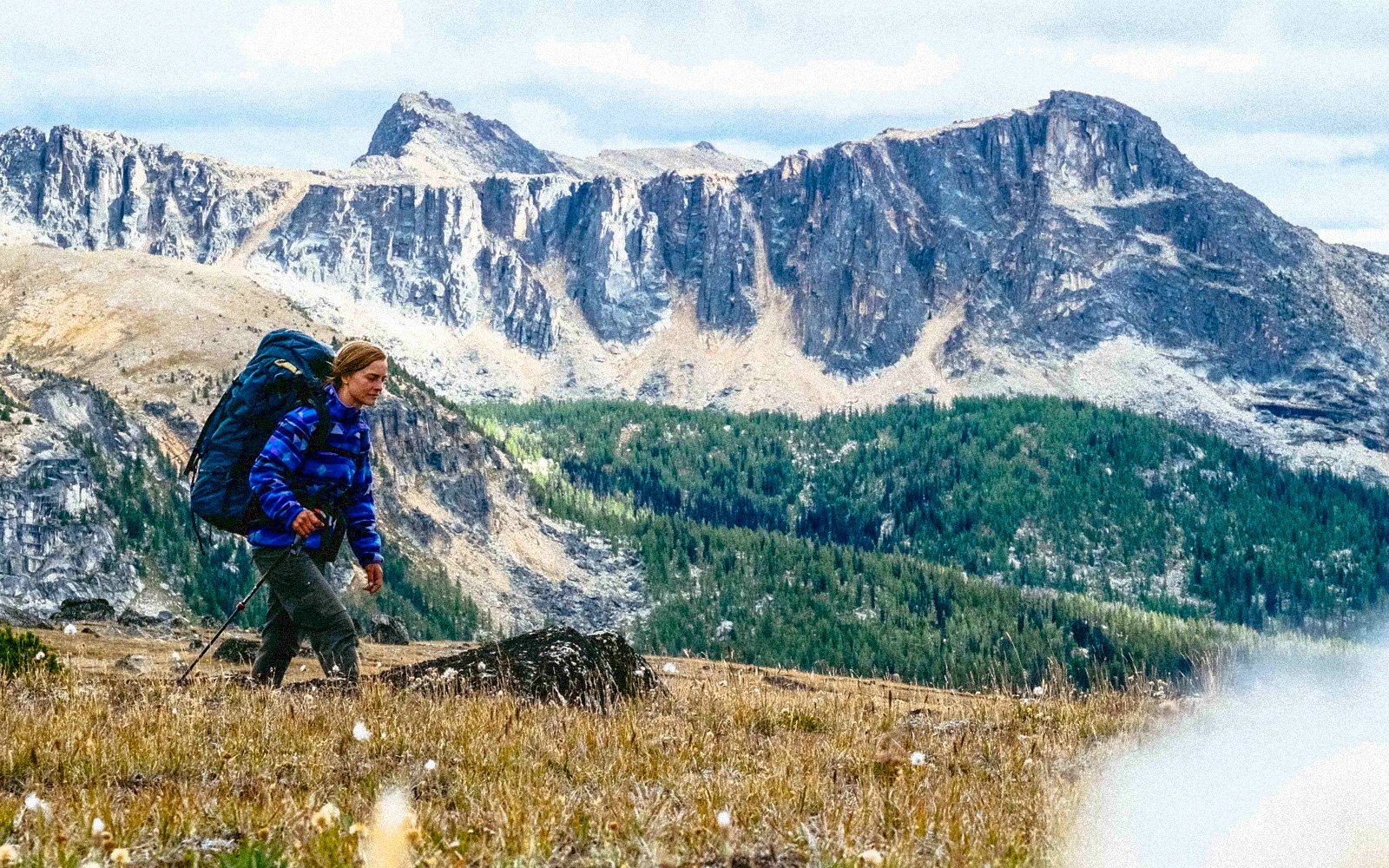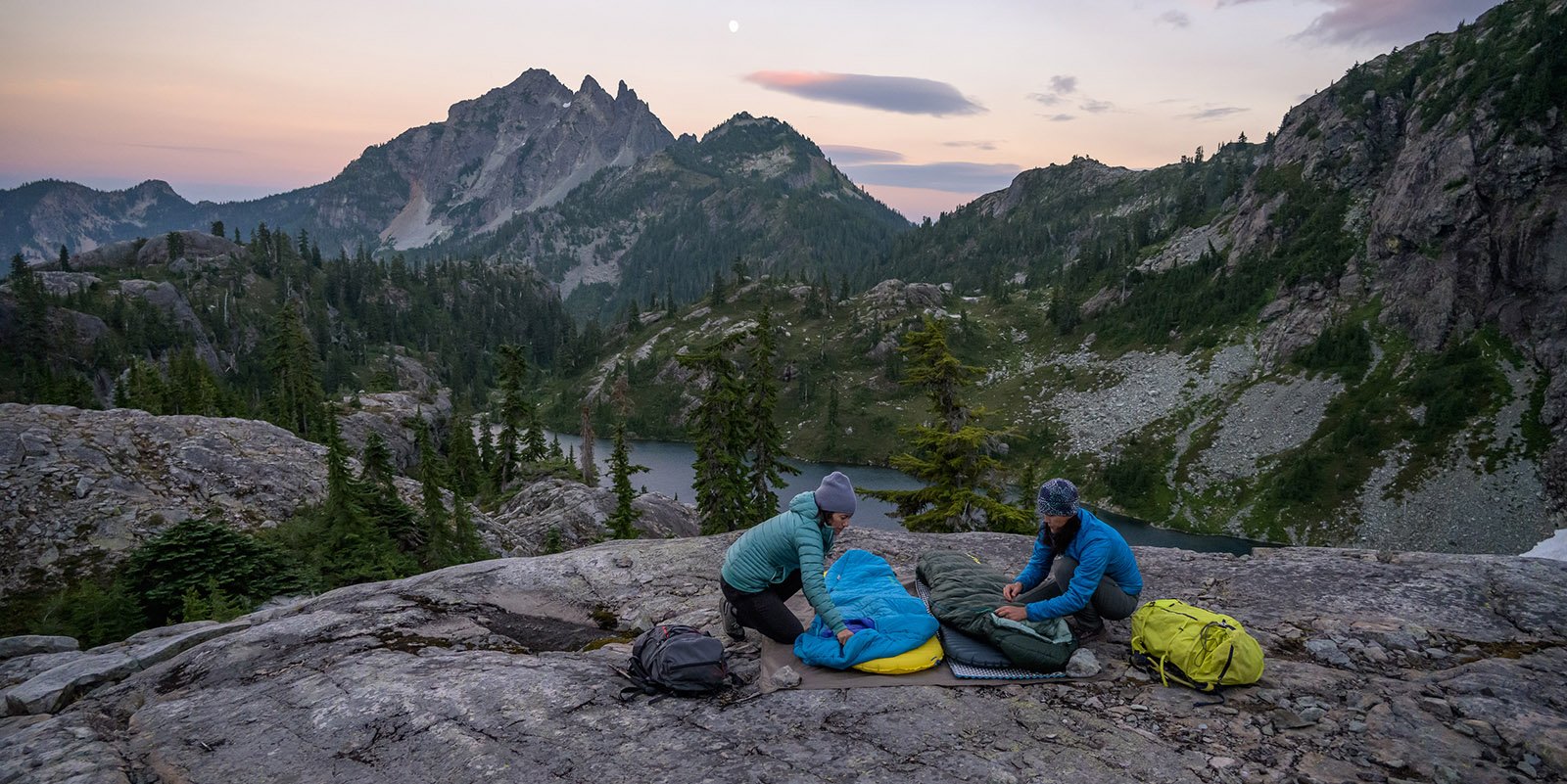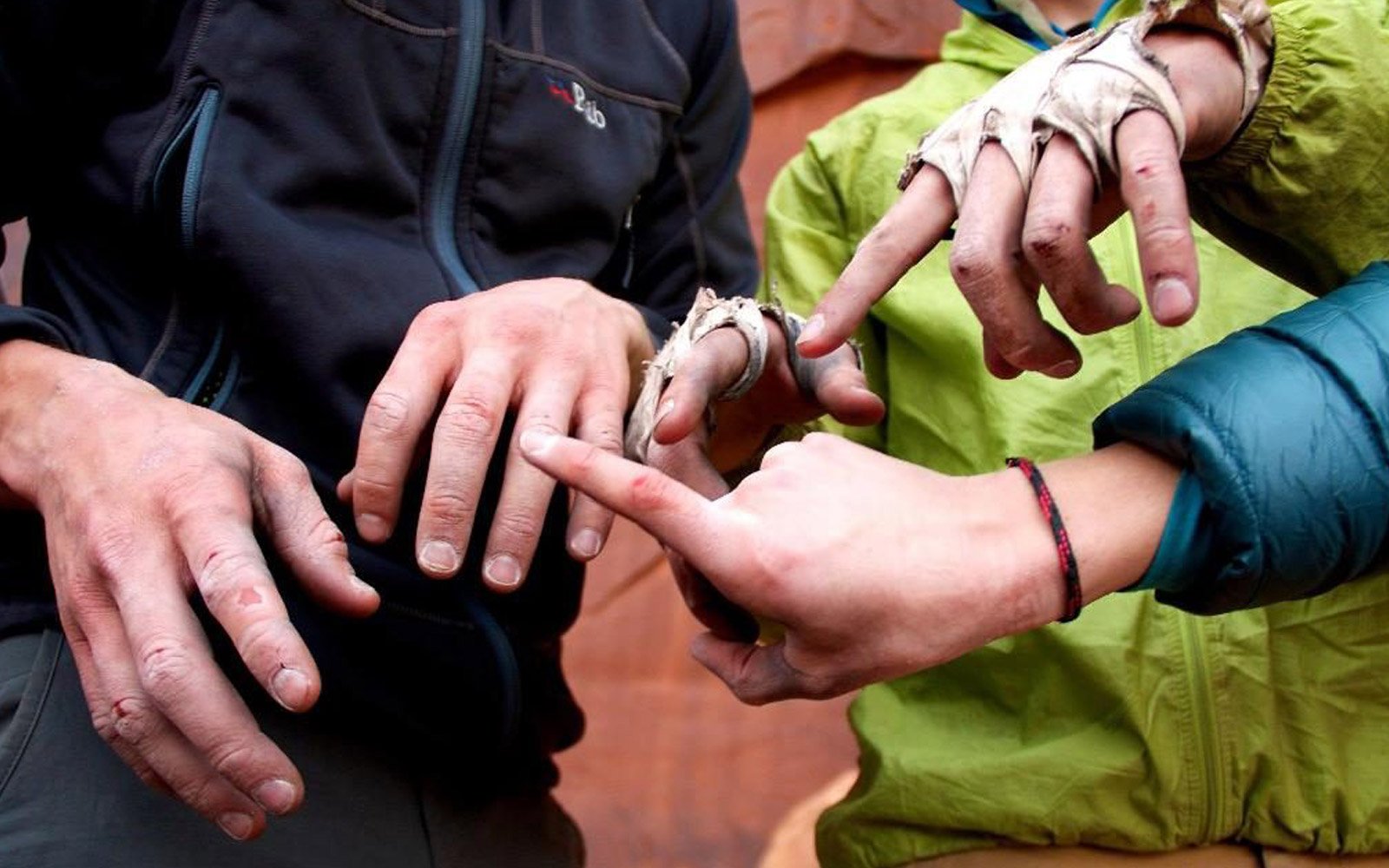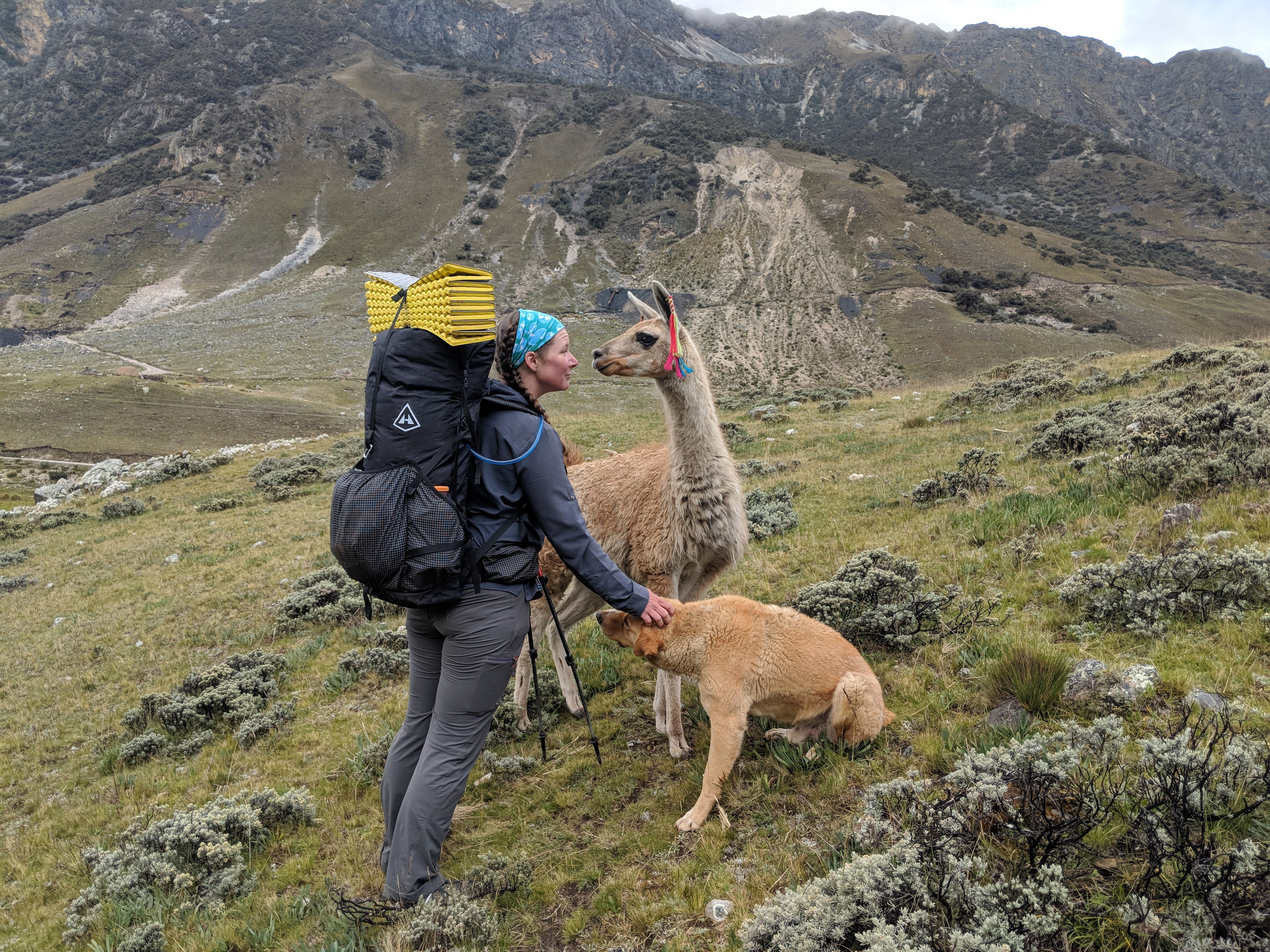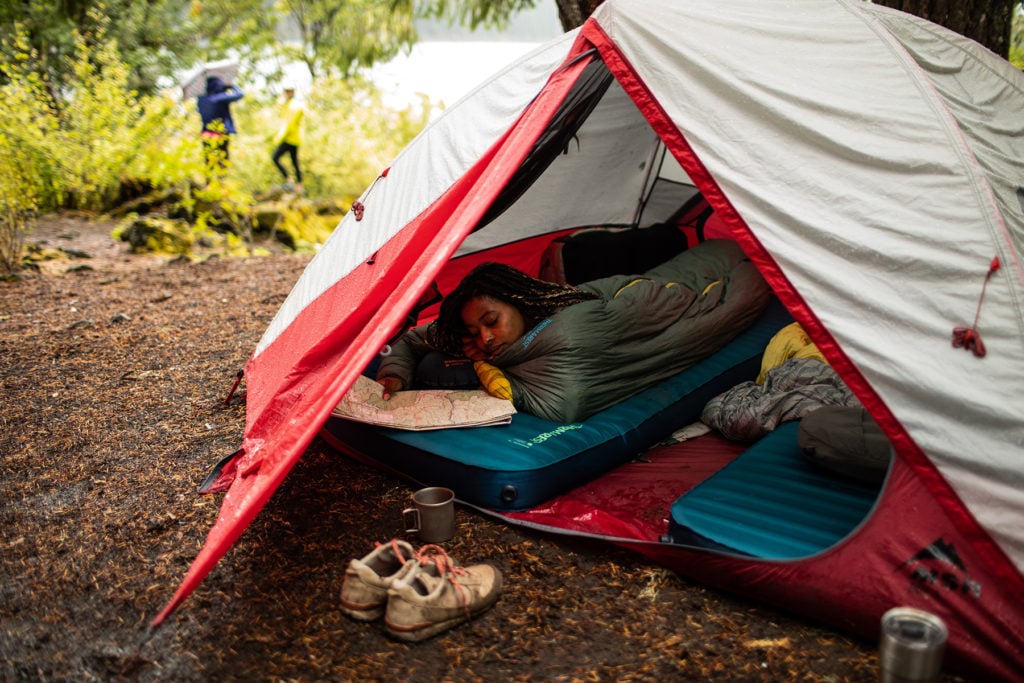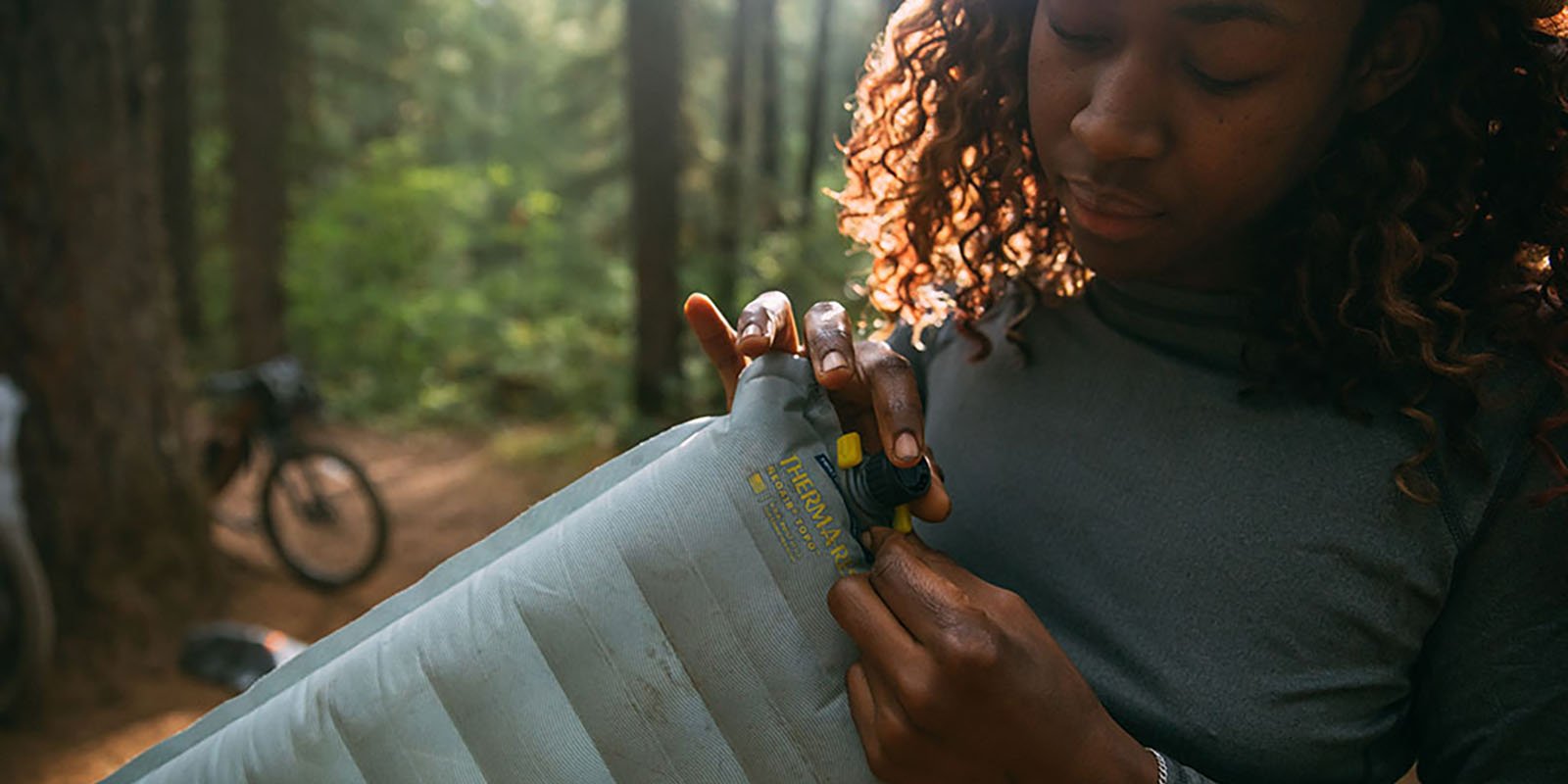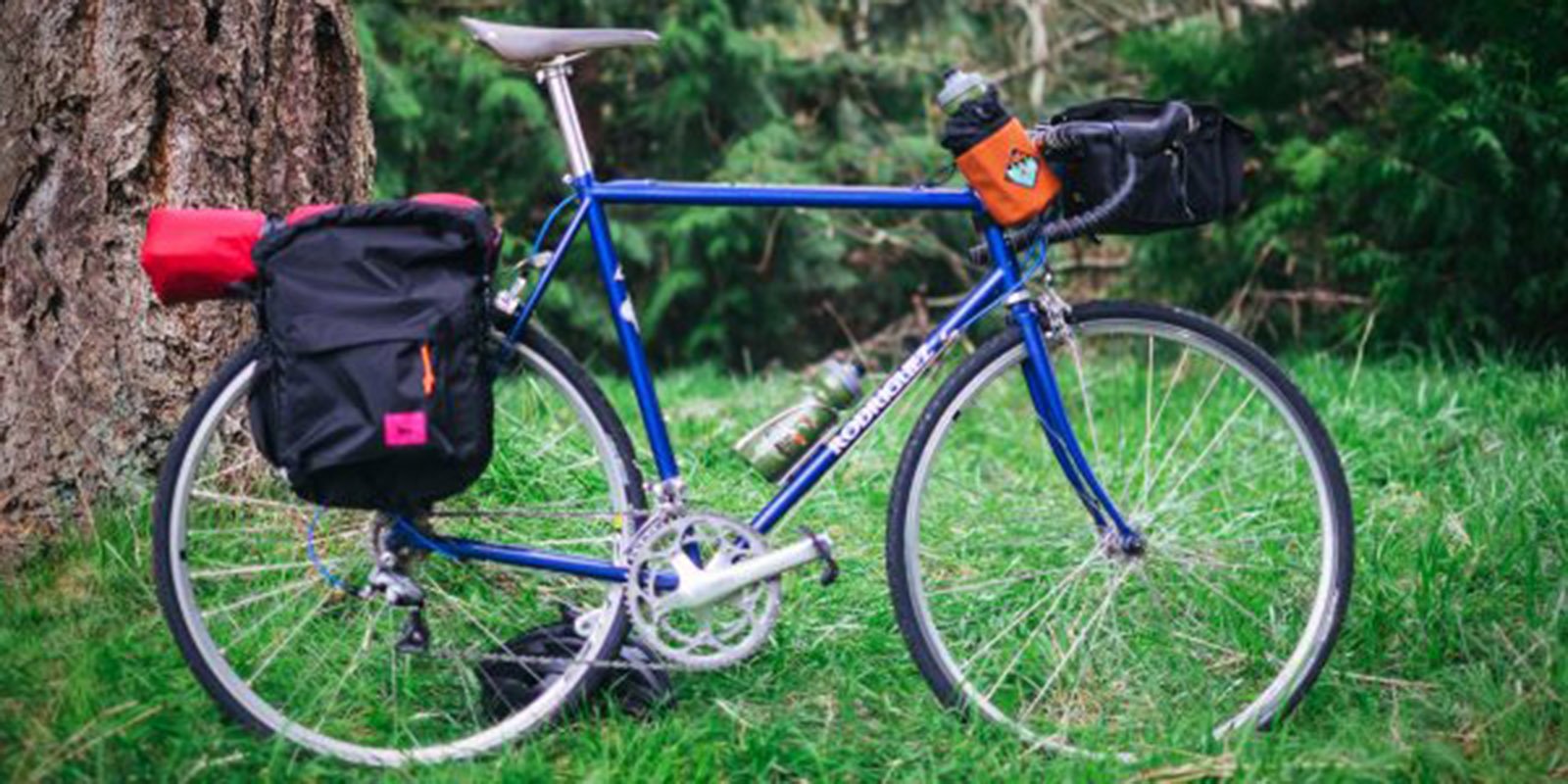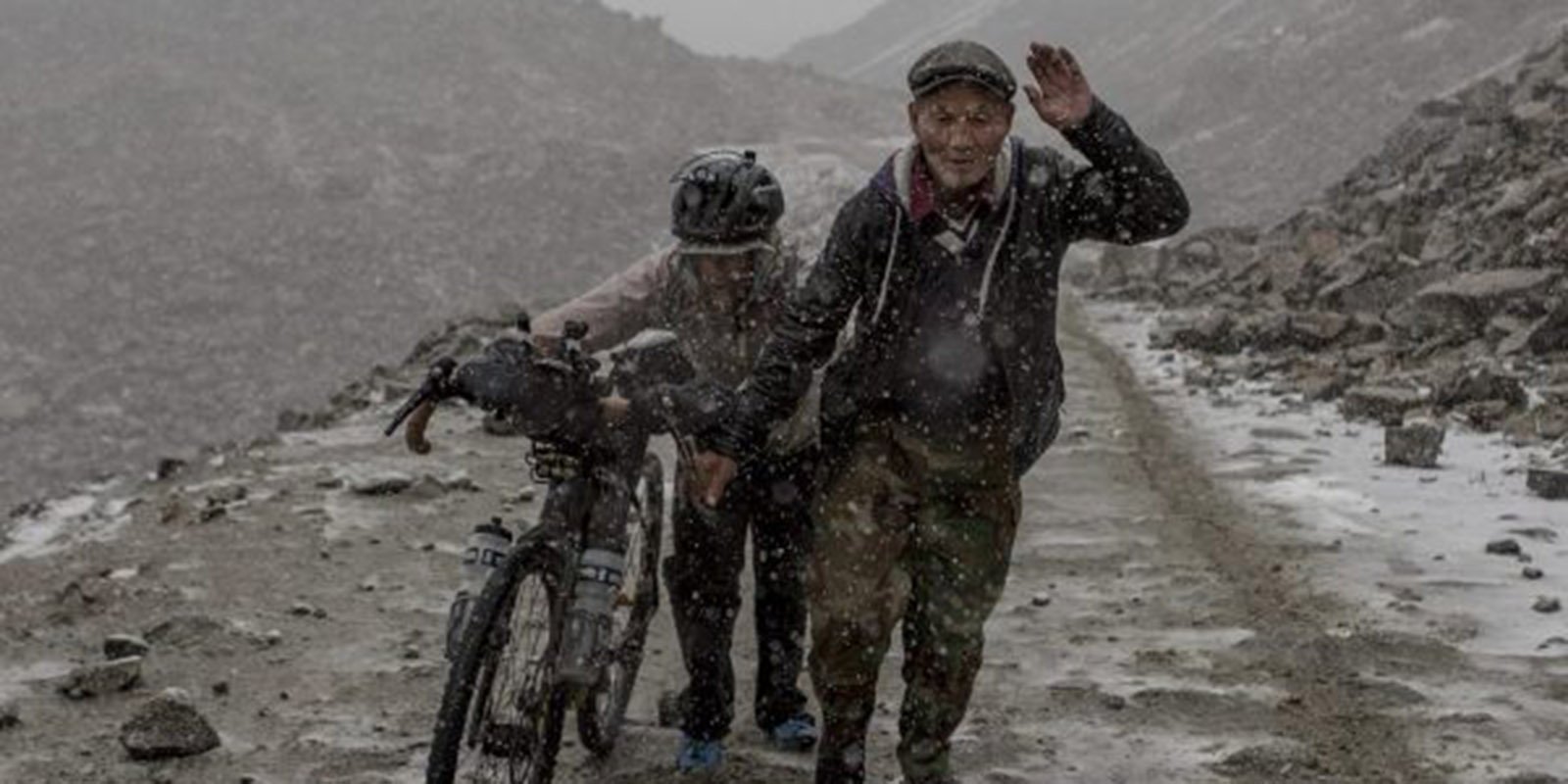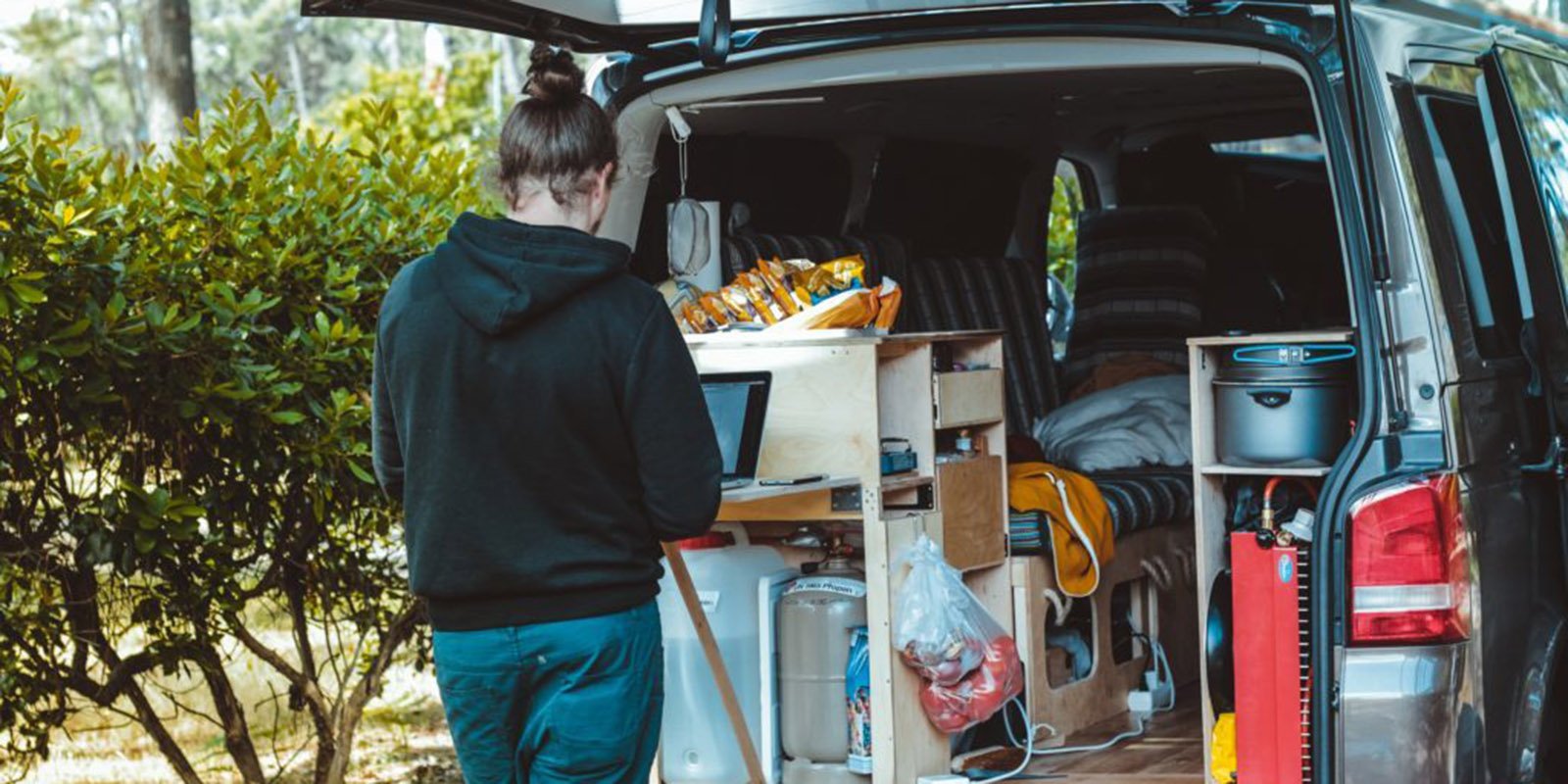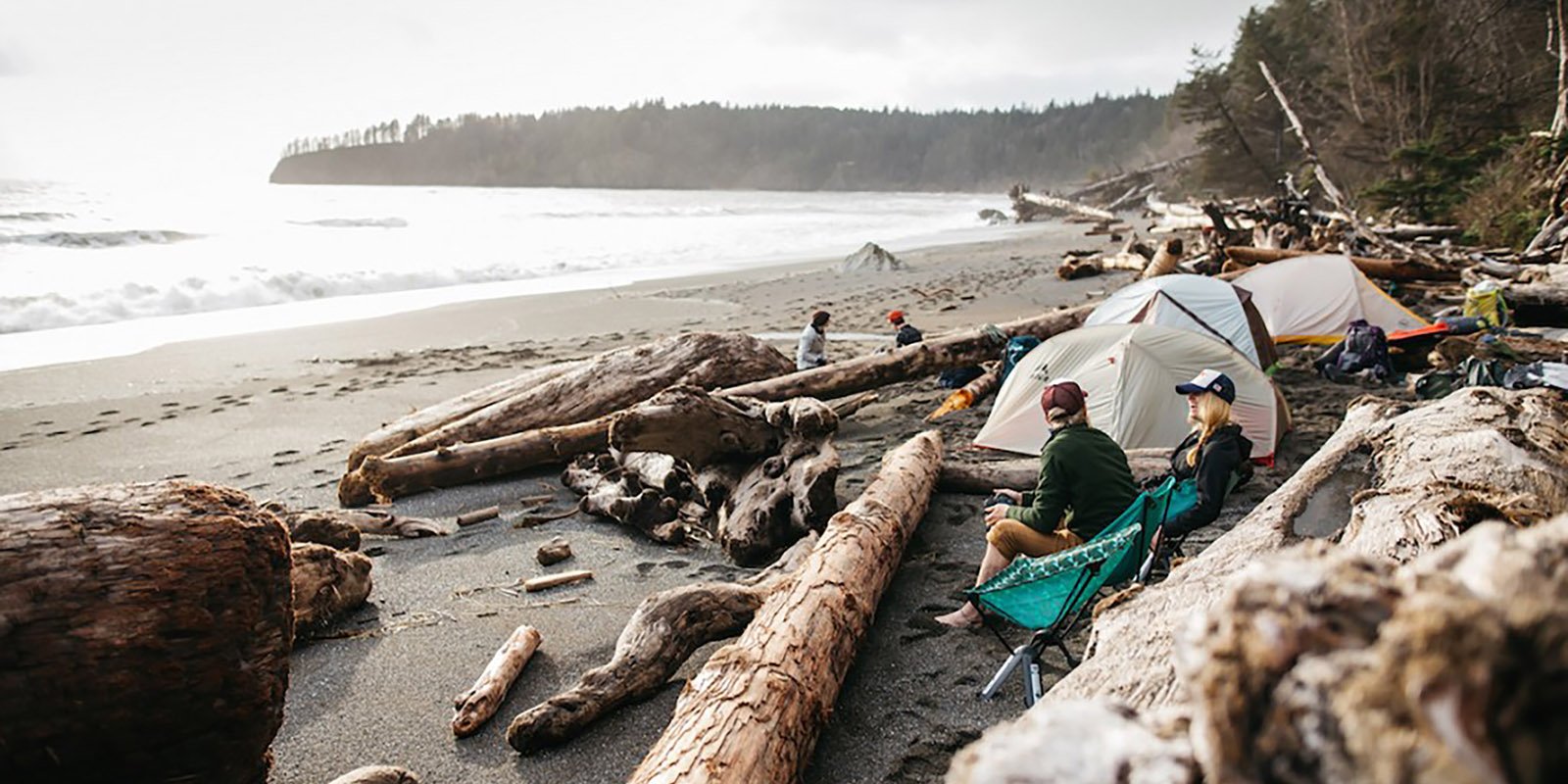At some point or another in your backpacking life, you will encounter rain. Maybe it’s fat, cold raindrops, or just a sprinkling, but weather has the potential to dampen (pun intended) your trip if you let it. Despite the downsides, backpacking in the rain really does have its charms though, like less people, more wildlife, a mystical setting, and a soothing sleep soundtrack on the canopy of your tent all night long.
With a dodgy seven-day forecast nipping at our heels, my husband Justin and I grudgingly zip our rain gear tight and venture into the torrent. All day, storm clouds sail the sky, dragging broad nets of rain behind them. We take zero breaks and speed-eat our snacks from our hipbelt pockets. With blue-tinted lips, we roll into camp and peel off our layers of dirt-covered shells to discover shriveled raisins.
On day or weekend trips, we have the choice to bail and stay inside. But this scenario was day 16 of our thru hike of New Zealand’s Te Araroa. With at least 100 more days ahead, we couldn’t afford to be fair-weather hikers. And so, here are our five tips for making backpacking in the rain more than just soggy memories.
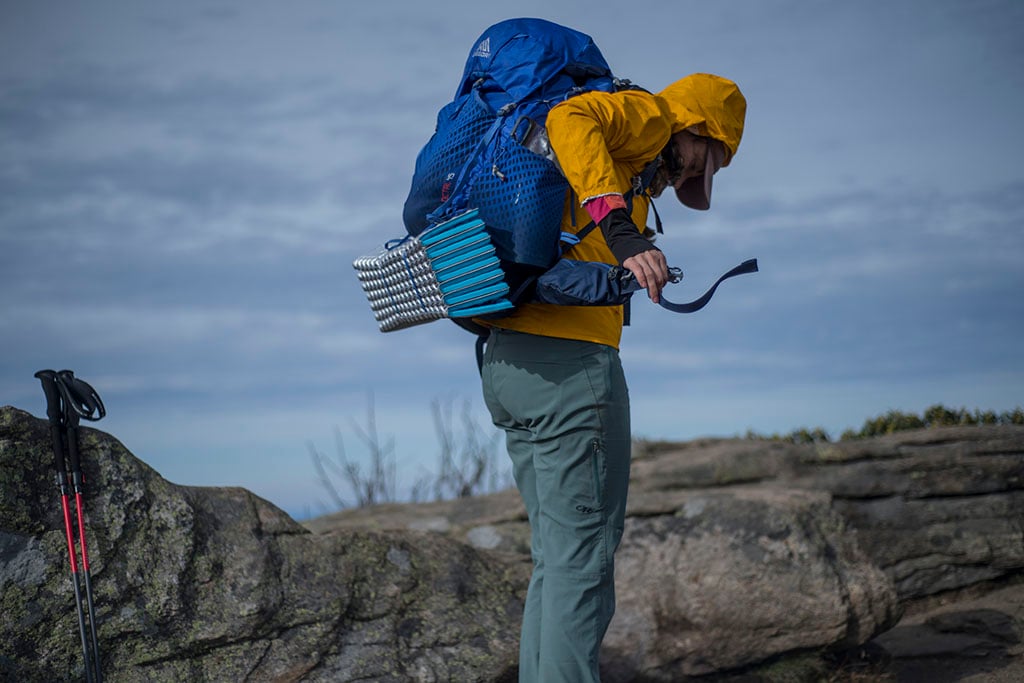
1. Protect the inside from the outside.
Follow the cardinal rule and keep everything inside your pack as dry as possible! Unless you have a fully waterproof backpack, or waterproof components of a backpack (I love my waterproof hipbelt pocket!), there are other strategies.
A pack cover is the most obvious, and most packs actually come with these nowadays. The benefit to a pack cover is that it will keep the pack itself dry, saving you weight and adding a layer of dry between the rain and your stuff, and also make bringing your pack into the tent at night a possibility.
You could also DIY and line your backpack with a plastic garbage bag or use dry bags inside your pack to ensure the safety of individual items. This strategy does mean your pack will get wet, but your stuff will stay absolutely dry in a properly sealed dry bag. On long trips, do both.
Pro tip: Open your pack as little as possible when it’s raining out!
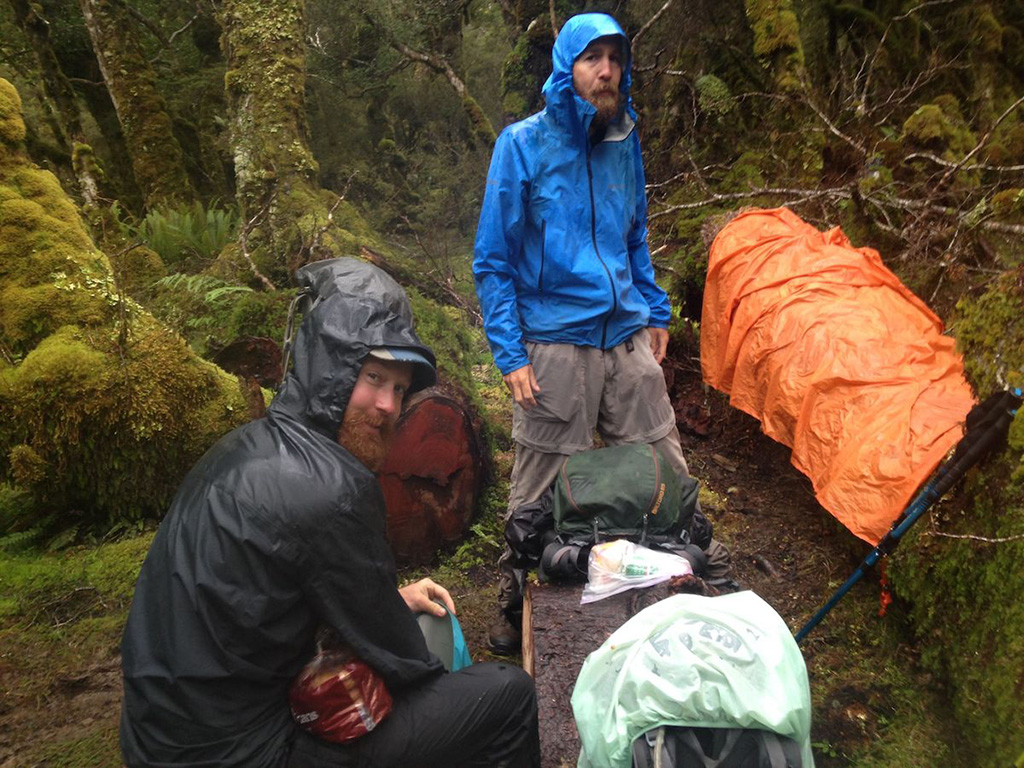
2. Layer like an onion.
Justin and I always start with base layers made of merino wool or synthetic polyester blends that will retain loft and warmth while wet. Depending on the temperature, we then add whatever insulation we need. Our external rain layer layer needs to be both waterproof and breathable. For me, pit zips for venting and an adjustable hood that turns with my head are my must-have features on my rain shell.
Often, my rain pants and shell report for partial duty. Nothing will keep you completely dry in a deluge. On warm, rainy days, we actually prefer using our skin as our best defense against the rain.
So what do you do at the end of the day when everything is wet? Not much, but I can also tell you a little unpleasant and smelly trick. Once you are warm and cozy in your dry clothes and sleeping bag, sometimes you can put your damp shirt and damp socks back on. Your sleeping bag, combined with your body heat, will microwave them back to normal. But use your best judgment, if temperatures drop overnight, you run the risk of your wet clothes chilling you before they dry out. Even if this works, it’s not recommended night after night. All that moisture is going somewhere, and a lot of it is going to end up in your sleeping bag, compromising your insulation. Our Questar sleeping bags made with Nikwax Hydrophobic Down will still protect us when wet, but we always try to avoid testing them. Hydrophobic down also dries much faster than untreated down, so hang them out to dry at camp every chance you get.
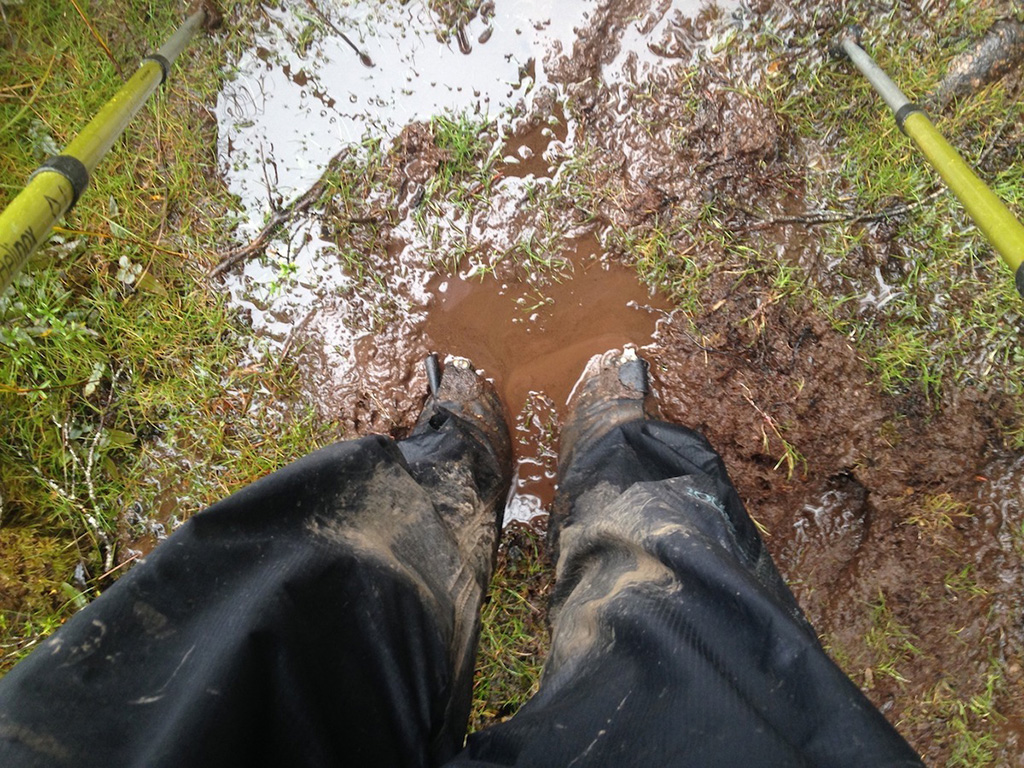
3. Choose the right trail, at the right time.
If you can plan your specific trips around the weather, this is best. That waterfall you need to see in person? Sunshine will only make it more epic. Fording rivers? Better saved for a drier day.
Another thing to consider is that even if the rain stops, wet vegetation and dripping trees will still affect you. Wider and exposed trails are best post-rainstorm.
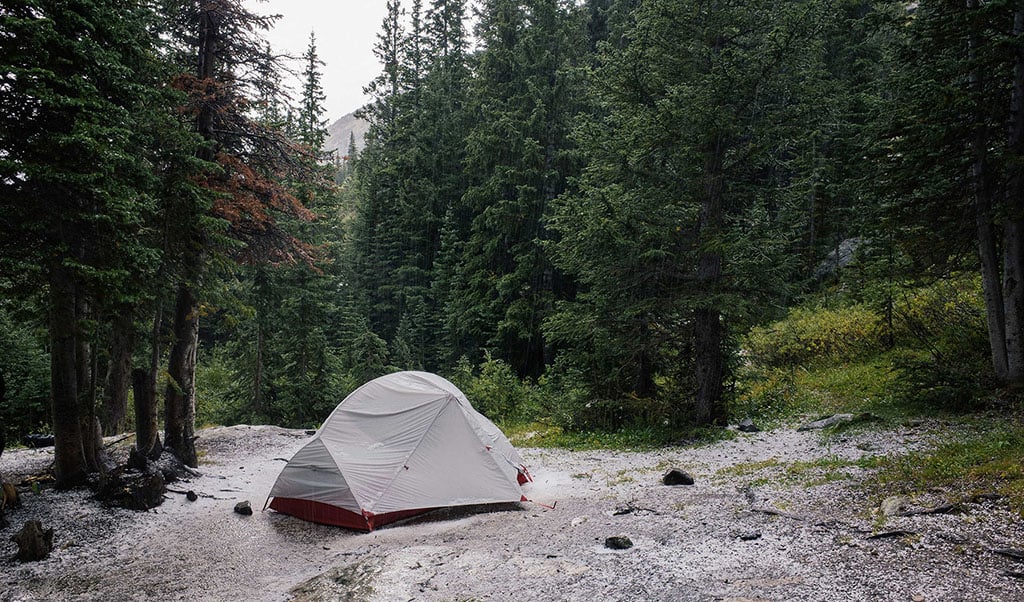
4. Tent placement is key.
Paying attention to where you sleep will also help keep you dry in the event of rain.
Find a killer flat spot, but look around first. Are there sloping hills around it that will drain their moisture into your camp? What will that soft and mossy ground turn into when it rains? Are there pine needles and debris patterns showing you where water flowed the last time it rained?
Sleeping under the trees guarantees more warmth and protection, but never camp under dead trees or limbs that could dropping on you.
We were once car camping at North Beach Campground in Burlington, Vermont during a terrible storm. We woke in the middle of the night and saw several tree branches dancing erratically in the wind. We immediately moved into our car for the rest of our slumber and awoke to large tree branches scattered where our tent once stood.
Other tips for staying dry include using a footprint, using all available guy line points to create a rock-solid palace, using vents to prevent condensation buildups, orienting doors away from the wind to prevent rain from blowing in and setting up the fly first.
Pro tip: Become a quick pitch artist. Never set up your tent for the first time in the backcountry.
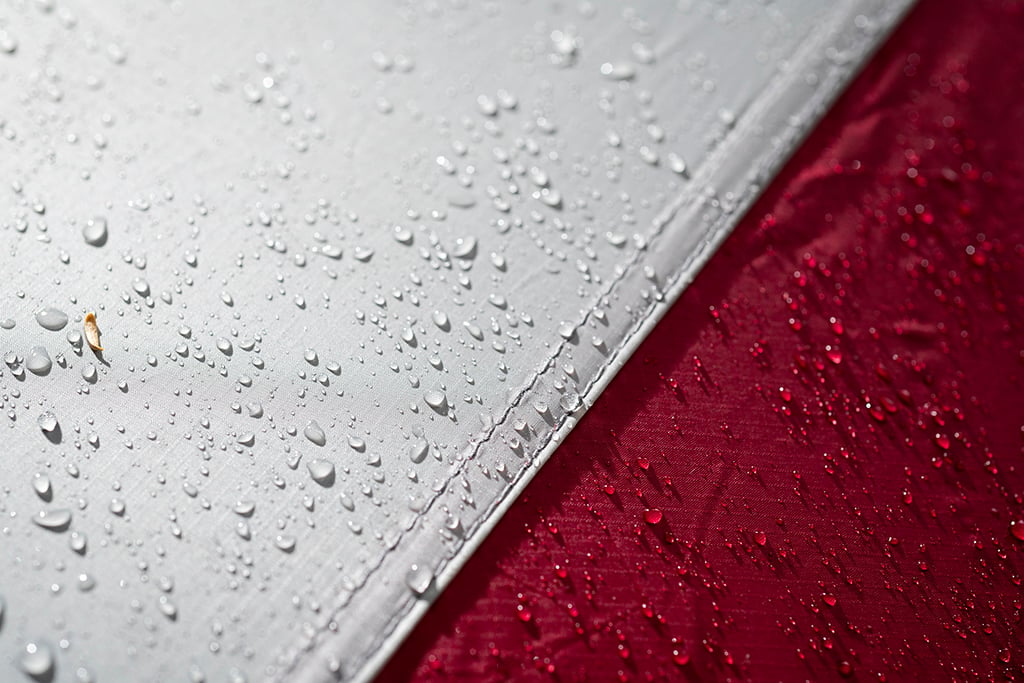
5. Umbrella? Check.
My latest gear obsession has been those trekking umbrellas. The first time I heard about people using a hiking umbrella I scoffed. However, I am officially a convert.
Umbrellas are great for hiking in the rain during warmer months, allowing you to shed your sweaty pants and jacket.
With these five tips, you will be itching to get outside instead of hibernating next time the forecast is less than favorable.
Related Posts:
- How to Build a Fall Sleep System
- Off-Season Training Tips for Outdoor Adventures
- The Case for Slow and Comfortable Backpacking
Updated. Originally published October 19, 2019.
